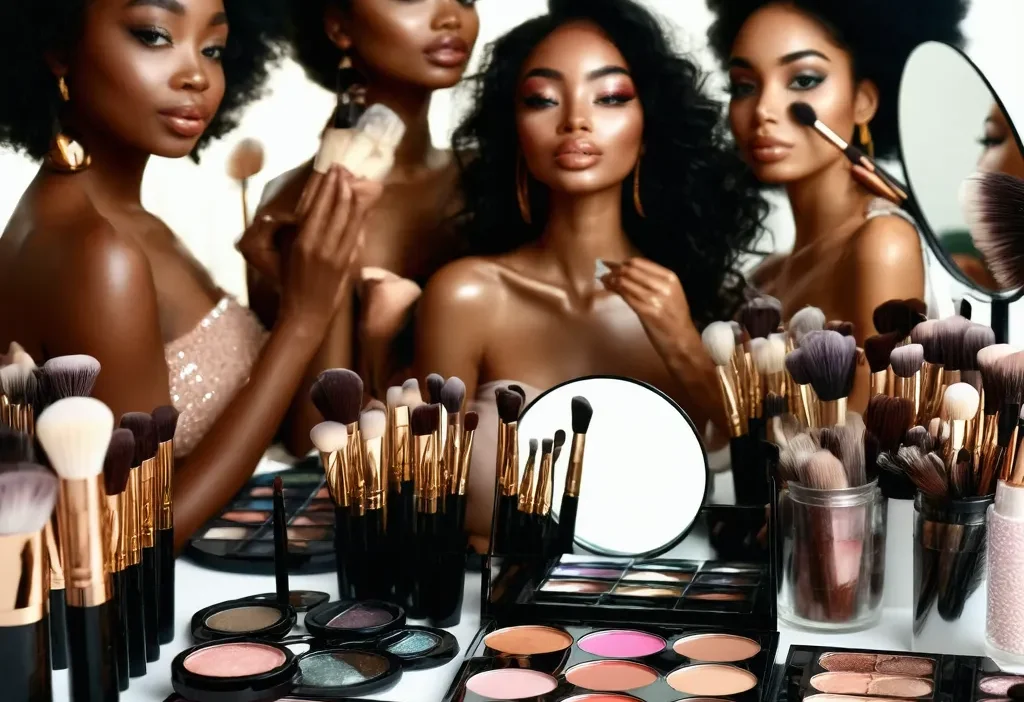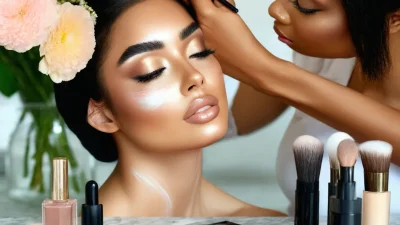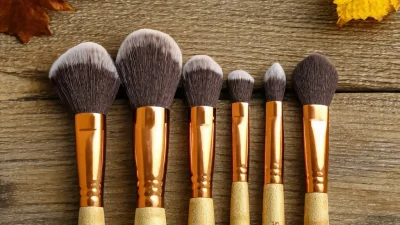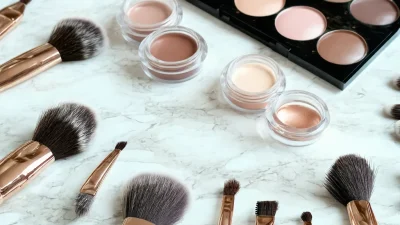The Evolution of Makeup Artistry Across Cultures
Makeup artistry is more than just a beauty routine; it’s a profound expression of culture, identity, and history. From ancient civilizations to modern times, makeup has played a significant role in how people present themselves. In this blog post, we’ll journey through the fascinating evolution of makeup artistry across cultures, uncovering its rich history and cultural significance.
Ancient Beginnings
The origins of makeup can be traced back to ancient civilizations where it served both aesthetic and symbolic purposes. In ancient Egypt, for instance, makeup was a symbol of wealth and social status. Men and women alike used kohl to line their eyes, believing it had protective powers. Similarly, in ancient China, makeup was a mark of beauty and refinement. Women would paint their faces with white powder made from lead or arsenic, a practice that, unfortunately, had serious health consequences.
In Mesoamerica, makeup was deeply intertwined with religious rituals. The Maya people used bright colors to signify status and spirituality. Their makeup often included intricate patterns and symbols, reflecting their connection to nature and the divine.
The Renaissance and Baroque Periods
During the Renaissance, makeup artistry took on a new form of expression. In Europe, pale skin became a symbol of nobility and wealth, as it indicated that one did not need to work outdoors. Women would use white lead-based powders to achieve this look, often resulting in health issues. However, this period also saw the rise of more natural beauty standards, with a focus on rosy cheeks and full lips.
The Baroque era brought about a dramatic shift, emphasizing boldness and opulence. Makeup became more elaborate, with dark eyeliner and deep red lips becoming popular among aristocrats. This era marked the beginning of makeup as a fashion statement rather than just a social signifier.
The Victorian Era: A Time of Restraint
In contrast to the Baroque period, the Victorian era was characterized by modesty and restraint. Makeup was seen as improper for respectable women, who instead relied on natural-looking skincare routines. However, this didn’t stop makeup from evolving behind closed doors. Women used subtle techniques to enhance their features without overtly appearing ‘made up.’
The late 19th century also saw the rise of cosmetics as a commercial product. Companies like Lancôme and Burton began producing makeup for the masses, marking a significant shift in accessibility and cultural perception.
Modern Times: Makeup as Self-Expression
The 20th century brought about unprecedented changes in makeup artistry. The Hollywood influence popularized bold looks, with stars like Marilyn Monroe setting trends that continue to inspire today. The 1960s and 1970s saw the rise of makeup as a form of self-expression, with the hippie movement embracing natural and earthy tones.
In recent years, makeup has become a tool for individuality and empowerment. The makeup revolution on social media platforms like Instagram has democratized beauty standards, allowing people from all walks of life to experiment and express themselves freely. Today, makeup artistry is a celebration of diversity, with artists pushing boundaries and redefining beauty norms.
Cultural Significance in Contemporary Times
In contemporary society, makeup continues to hold cultural significance. For many, it’s a way to connect with their heritage or challenge societal norms. The rise of cultural Makeup artistry has brought attention to traditional practices from around the world, blending them with modern techniques. This fusion not only preserves cultural traditions but also enriches global beauty standards.
In conclusion, makeup artistry is a dynamic and ever-evolving field that reflects the changing tides of culture and society. From its ancient origins to its modern-day manifestations, makeup continues to be a powerful medium for self-expression and cultural storytelling. Whether you’re applying a bold eyeliner or a natural glow, remember that your makeup choices are part of a rich historical tapestry that connects us all.
References:





